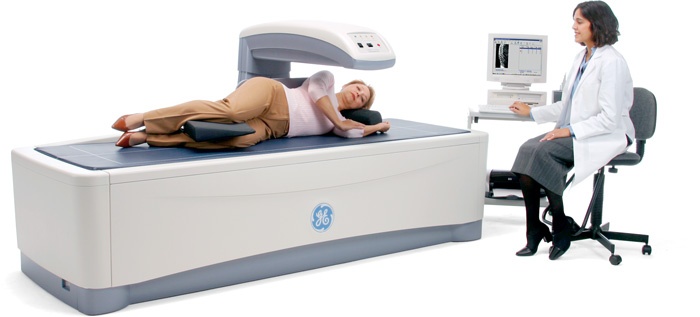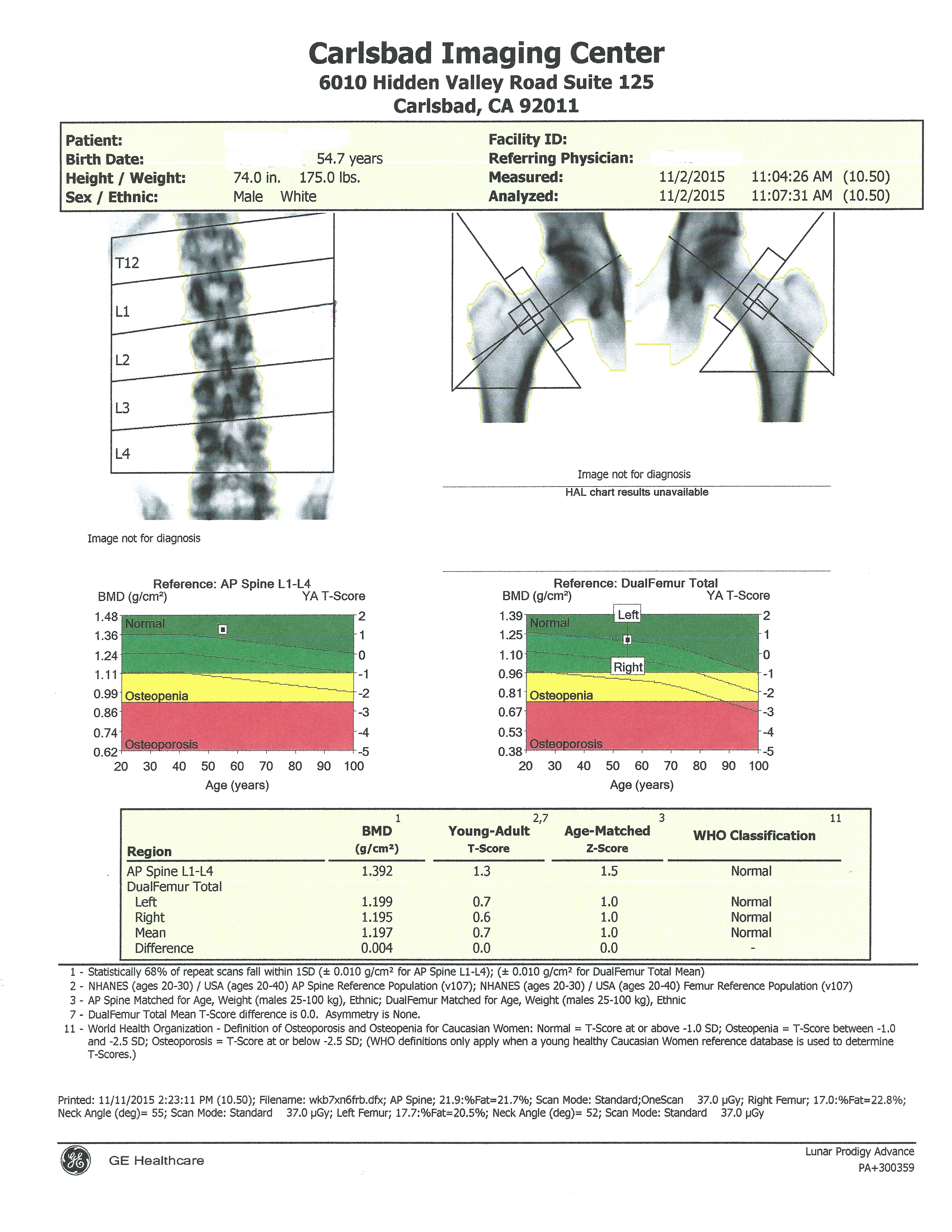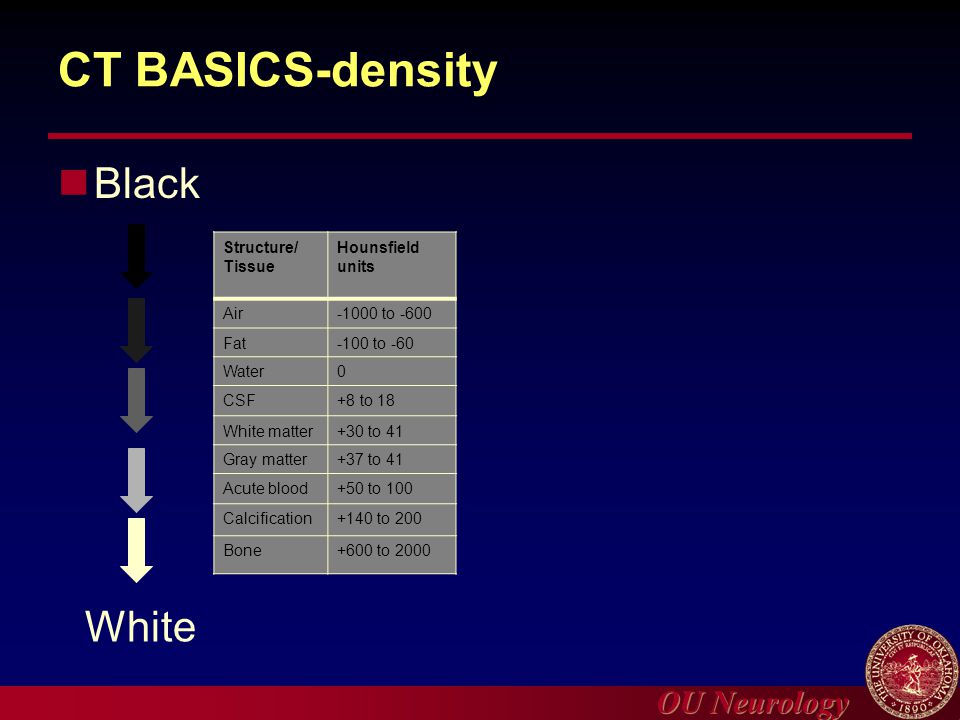Ct Bone Densitometry Software
Data: 2.09.2018 / Rating: 4.6 / Views: 808Gallery of Video:
Gallery of Images:
Ct Bone Densitometry Software
Bone Density Solutions for Your CT Scanner Mindways produces softwarebased solutions to measure bone density from CT scans. Our CliniQCT and QCT Pro product families can be used for a broad range of clinical and research applications. Bone density scanning, also called dualenergy xray (DEXA) or bone densitometry, is an enhanced form of xray technology that is used to measure bone loss. DEXA is todays established standard for measuring bone mineral density (BMD). Quantitative computed tomography (QCT) is a medical technique that measures bone mineral density (BMD) using a standard Xray Computed Tomography (CT) scanner with a calibration standard to convert Hounsfield Units (HU) of the CT image to bone mineral density values. The UNSCANIT gel Analysis Software uses your scanner for gel densitometric analysis, and allows you to automatically analyze gel electrophoresis images. UNSCANIT gel works with most image formats (TIFF, JPG, PNG, BMP, GIF, etc. ) from any scanner, digital camera, or other image source to quantify electrophoresis gels. Bone density scanning, also called dualenergy xray absorptiometry (DXA or DEXA) or bone densitometry, is an enhanced form of xray technology that is used to measure bone loss. DEXA is todays established standard for measuring bone mineral density (BMD). Medical equipment manufacturers are using our detectors in cameras in a wide range of equipment for use in CT, SPECT, surgical gamma probes and Bone Mineral Densitometry (BMD, DEXA). Bone densitometry, or the measurement of bone density, is crucial to this research. Many different methods of bone densitometry were studied to determine which was the best choice for this research. BMD can be measured using routine wholebody computed tomography (CT) scans, which is a widely used diagnostic modality (1 x 1 Mao, S. Application of quantitative computed tomography for assessment of trabecular bone mineral density. Get pricing for Software for Hologic Delphi Bone Densitometry for HologicDelphiBone Densitometry. Mindways QCT PRO software produces bone densitometry reports for both spine and hip from a low dose abdominal CT scan with a dose comparable to a mammogram. Hip reports are interpreted in the. A bone densitometry scan is a special type of Xray test used to measure the calcium content of the bone. The examination is also called a dual energy Xray absorptiometry (DEXA) scan or QDR scan. The DEXA scan is the established standard for measuring bone mineral density (BMD). Our goal was to establish the reproducibility and accuracy of the CT scanner in densitometry of the lungs. Scanner stability was assessed by analysis of daily quality checks. Bone density scanning, also called dualenergy xray absorptiometry (DXA) or bone densitometry, is an enhanced form of xray technology that is used to measure bone loss. DXA is today's established standard for measuring bone mineral density (BMD). A bone density test is used to measure bone mineral content and density. It may be done using Xrays, dualenergy Xray absorptiometry (DEXA or DXA), or a special CT scan that uses computer software to determine bone density of the hip or spine. Bone Densitometry Bone density scanning, also called dualenergy xray absorptiometry (DEXA) or bone densitometry, is an enhanced form of xray technology that is used to measure bone loss. DXA is today's established standard for measuring bone mineral density (BMD). microCT bone analysis will be outlined, along with a superficial look at physical principles underlying the technique. There is a brief examination of the methodology of two important types of microCT analysis morphometric and density measurement. Finally there will be a review of some selected A New Clinical Approach to Quantitative CT (QCT) Bone Densitometry with Asynchronous Calibration Gabriel Bodeen, J. Keenan Brown, and Alan Brett Bone density scanning, also called dualenergy xray absorptiometry (DXA) or bone densitometry, is an enhanced form of xray technology that is used to measure bone loss. DXA is today's established standard for measuring bone mineral density (BMD). Bone mineral densitometry (or DEXA as it is sometimes known) is a type of scan which uses very low energy xrays to measure the density of bone. Find out more about what to expect if you require a bone density scan, including what happens during the procedure and why you may be referred for a DXA. Bone densitometry (or DEXA) is an enhanced form of xray technology that measures bone mineral density and determines the strength of your bones. Your doctor might want to establish a baseline bone density to determine whether you need treatment with medication. DEXA is most often performed on the lower spine and hips. DEXA Bone Densitometry Bone Mineral Density Test (BMD or DEXA scan) The only way to diagnose osteoporosis and determine risk for fracture is with a Bone Mineral Density test, which is accurate, painless and noninvasive. technology for CTbased bone mineral density measurement. This latest QCT software innovation makes it possible to assess bone mineral density (BMD) using QCT without the. We offer bone densitometry, which precisely measures bone mineral density (BMD), allowing for estimation of a patients fracture risk. Our advanced system is capable of accurately calculating BMD in the spine, hip, or wrist. News Bone Densitometry Systems February 22, 2018. GE Features Bone Mineral Density Software for Pediatrics at ASBMR. 3D Printing and Printing Services. Echocardiography Contrast Agents. International Journal of Endocrinology is a peerreviewed, Open Access journal that provides a forum for scientists and clinicians working in basic and translational research. The journal publishes original research articles, review articles, and clinical studies that provide insights into the endocrine system and its associated diseases at a. A DXA scan is an enhanced xray that is used to measure bone density in your hip and spine, and sometimes in other bones. The DXA machine has software that computes and displays the bone density measurements on a computer. Computed Tomography (CT) Bone mineral density (BMD) is one of the strongest predictors of fracture risk, but todays standard densitometric method, Dual XRay Absorptiometry (DXA) based measurement of areal BMD (aBMD), has limitations, particularly for characterizing changes in. What is the difference between a bone density CT and a bone densitometry (dexa) scan? I know they are different machines and measure bone density differently, but which one is better? I've read a lot of people on NOF only mention they had a Dexa scan. Noninvasive andor nondestructive techniques can provide structural information about bone, beyond simple bone densitometry. While the latter provides important information about osteoporotic fracture risk, many studies indicate that BMD only partly explains bone strength. Change in trabecular bone mineral content is an early indicator of change in metabolic function. CT, with its superior contrast discrimination, is a major tool in the. (Austin, TX, USA) has obtained 510(k) clearance from the US Food and Drug Administration (FDA) to market its asynchronous Quantitative Computed Tomography (QCT) calibration technology for CTbased bone mineral density measurement. material for a computed tomography (CT) scan or radioisotope scan. You may have to wait 10 to 14 days DXA machines feature special software that compute and display the bone density measurements on a computer monitor. How is the procedure performed? Bone Densitometry (DEXA, DXA) Page 4 of 7 A CT Bone Density scan (QCT) is an extremely accurate way to diagnose osteoporosis and determine your risk for a future fracture. There are several different machines that measure bone density such as DEXA and QCT (Quantitative Computed Tomography). In the previous decade, computed tomography (CT) had been introduced, initially for scans of the head in 1973 11. A few years later, wholebody scanners were available and were soon being used for quantitative analysis of the skeletal bone mineral density BMD 12. Data coming off the CT are interpreted by software to isolate bone mineral densitometry (BMD) measurements of trabecular bone. At the RSNA meeting, Image Analysis unveiled a new version of Bone mineral density (BMD) calibration in Skyscan CTanalyser Bone mineral density (BMD) is defined as the volumetric density of The Skyscan CTanalyser software provides for an integrated calibration of datasets into these two density scales, HU and BMD. Quantitative computed tomography and opportunistic bone density screening by dual use of computed tomography scans QCT may be performed on any CT scanner with the use of a calibration phantom and dedicated analysis software. The patient is usually examined in the supine Osteoporosis and bone densitometry measurements, Springer, Berlin. Bone density scanning, also called dualenergy xray absorptiometry (DEXA) or bone densitometry, is an enhanced form of xray technology that is used to measure bone loss. DEXA is an established standard for measuring bone mineral density (BMD). DEXA is most often performed on the lower spine and hips. Quantitative computed tomography (CT) can be used to quantify bone mineral density (BMD) in the spine from clinical CT scans. We aimed to determine agreement and precision of BMD measurements by 2 different methods: phantomless internal tissue calibration and asynchronous phantombased calibration in a cohort of patients with chronic kidney disease (CKD). Bone Densitometry Reduce the future risks of fractures. A type of xray which is used to measure the calcium content of the bone. It is a simple, quick and noninvasive medical test that involves in exposing some parts of the body to very small amount of ionization radiation Quality Bone Densitometry: Performance, Interpretation, and Clinical Application for Technologists An Osteoporosis Essentials Course of the International Society for Clinical Densitometry International Osteoporosis Foundation The International Society for Clinical Densitometry (ISCD) is a multidisciplinary, nonprofit organization dedicated to advancing excellence in the assessment of skeletal health by. Asynchronously Calibrated Quantitative Bone Densitometry without any calibration standard in a different clinical context than bone densitometry, for example, in a screening context. In the present study, the asynchronous and the conventional quantitative computed tomogra capabilities of this software to the measurement of BMD from CT. To show the feasibility of calculating the bone mineral density (BMD) from CT colonography (CTC) scans using fullyautomated software. Automated BMD measurement software was developed that measures the BMD of the first and second lumbar vertebrae on a CT scan and averages the two values to. Bone densitometry scanning, or DEXA, is an advanced form of radiology used to measure bone loss. To learn about this type of scanning, please take a look at our. Software leverages CT scans to generate bone density data. Medicare will cover a bone densitometry screening exam for postmenopausal women every two years, so in theory any postmenopausal woman can get either a QCT or DEXA scan and have themselves tested for osteoporosis, Brett said. The bone scan is a specialized diagnostic procedure to determine specific medical issues about the bones. It is a nuclear radiology test that uses a radioactive substance commonly known as. Quantitative Computed Tomography versus Densitometry in Diagnostic of Osteoporosis It is intended to explore the syngo software of the CT where will be calculated the bone density. Osteo
Related Images:
- Beastie boys sounds of science
- Hunger games dts
- Graphicriver Particles Dispersion Action 10112520
- Nailed right in
- Sexually sarah shevon
- Blink182 all the small things
- Sound of the thunder
- Classic teenage mutant ninj turtle
- Tom novembre
- Heart attack telugu movie
- Mahouka koukou 720 05
- Juelz santana chris brown
- DOE BOY FRESH
- French montana drink
- Ebook french science
- Bruce springsteen live london
- Robin hood legend of the sherwood
- Chuck season 2 episode 12
- Mercy season 1 complete
- The Traitors Wife A Novel
- Oshiri Kajiri Mushi
- Gotham 1080p nl
- Tokyo ghoul 04
- Hercules 1 1080p
- Worms armageddon cracked
- Ejercicios de brain gym pdf
- Fsx pole to pole
- 15 minute meals s01e37
- Ebook denis avey
- 3d
- Mermaid adventure game
- House of Horrors
- Lovely lovely happy new year
- Binas 6e editie pdf
- National geographic norway
- Dj finesse platinum slow jams 34
- Star wars Dawn of the Jedi Force War 2018
- Life a users manual
- Now is good nl subs
- The dark knight 5
- Happy Wheels Full Game Unblocked
- Wallander innan frosten
- Proxy Youtube Unblocker
- The colour and the shape foo fighters
- Joker Rising AAC
- Polish repack gtx box team
- The Far Side Gallery 3
- Ed sheeran itunes festival
- Sharepoint web development
- Java In A Nutshell David Flanagan
- Ultimate fighter 20
- Stronsay
- Transformers age of extinction english
- Advanced Chip Design Practical Examples in Verilog
- Bbc Sense and Sensibility
- The grim adventures of billy and mandy
- Ellie goulding bittersweet
- The Information Technology Revolution
- Lynda influencing others
- American horror story season 4 episode 4
- Lupin iii fujiko to
- Marvel comics the avenger
- Trey songz single
- Blood monkey french
- Club edm party
- Zoids new century
- Kiara marie hd
- House wife 1 on 1 lexi belle
- American Whore Story American Whore Story Part Four Kleio Valentien
- Two steps from hell
- Marvel now week 94
- Cinema paradiso sub eng
- The Beatles I Want to Hold Your Hand
- Around the block 720
- The Hangover Part III bluray
- 3 bata 3
- Elle kennedy feeling hot
- Flaming lips yoshimi
- Corel video fr
- Chat software kostenlose
- Power dvd mac
- Joker Rising AAC
- Prince art official age
- White collar season 5 episode 5
- 2 fast and furious 2
- Good news lena
- Lord Of Shadows Clare Epub Torrent
- American horror story s03e01 eztv
- The glades s04e01












